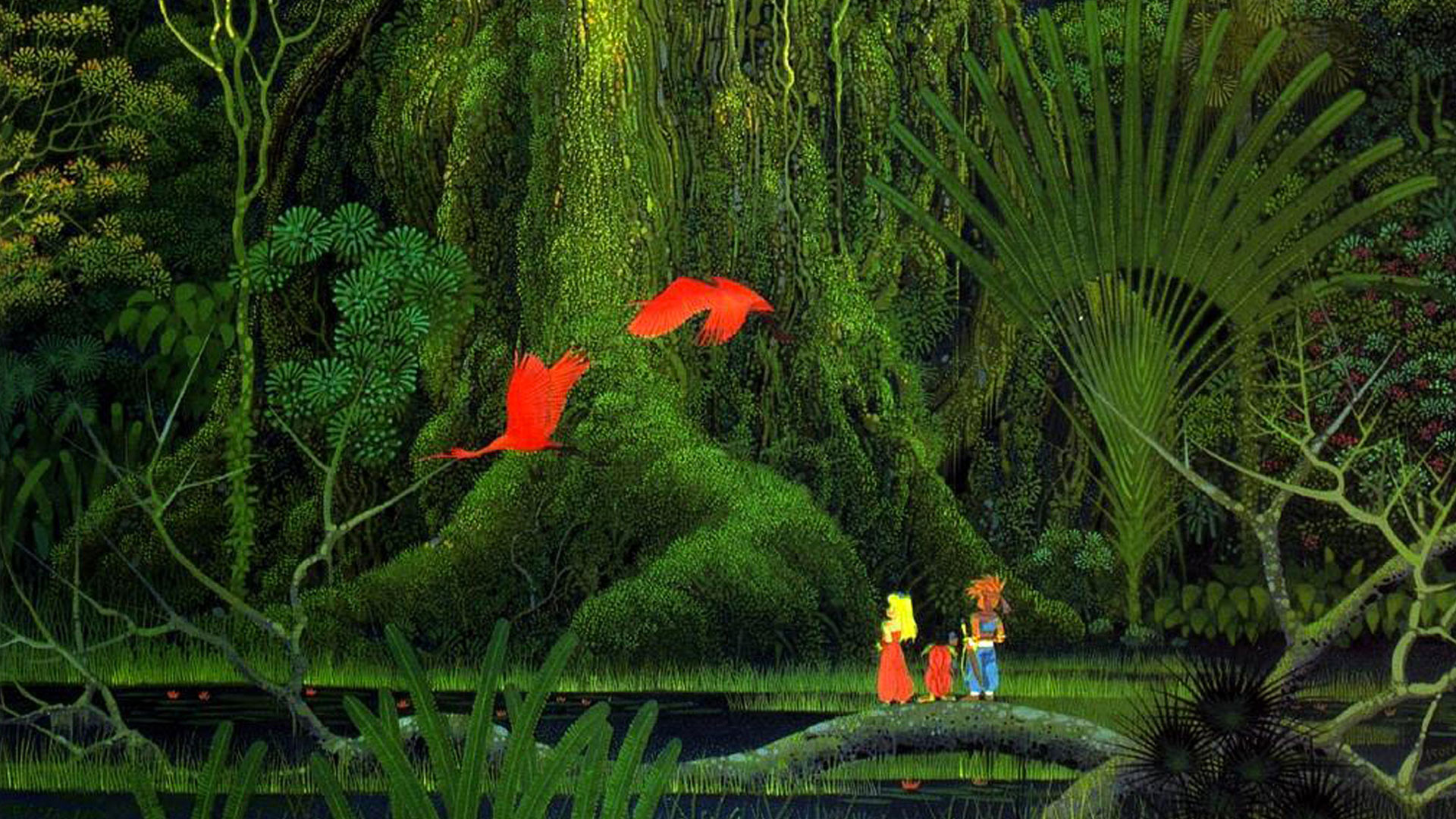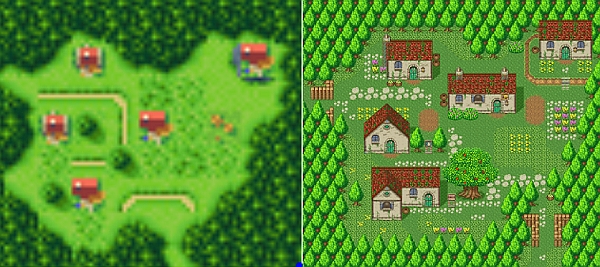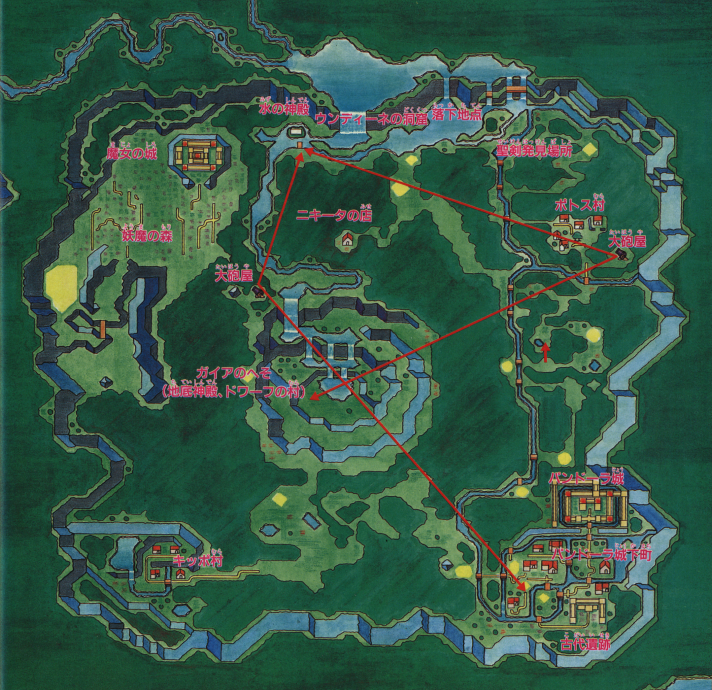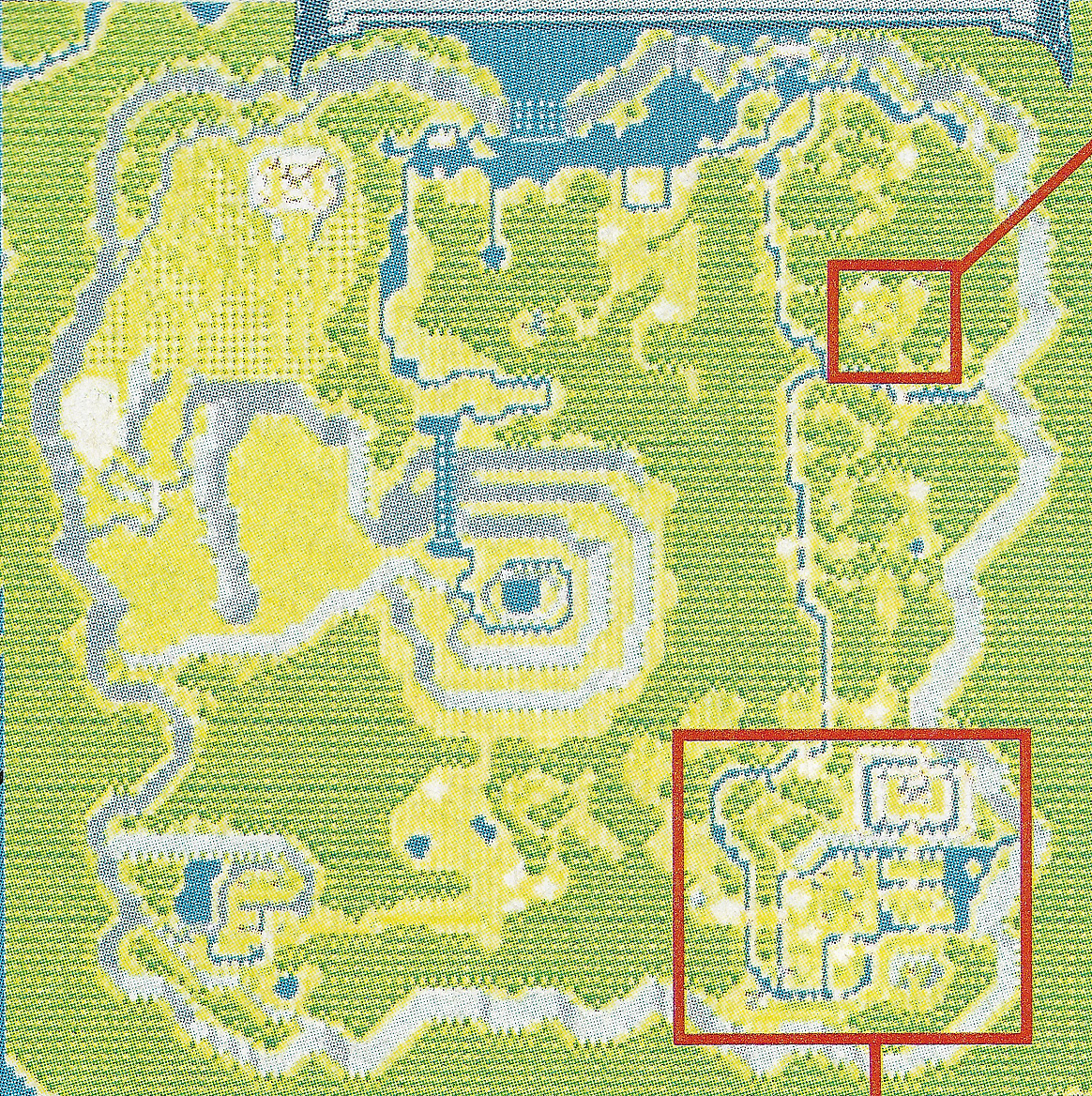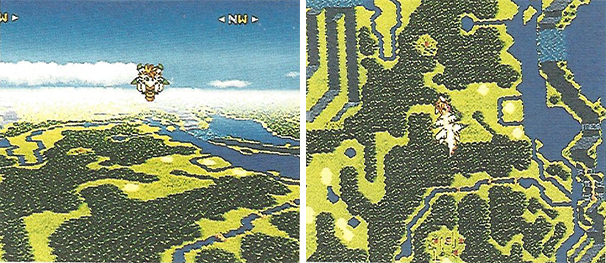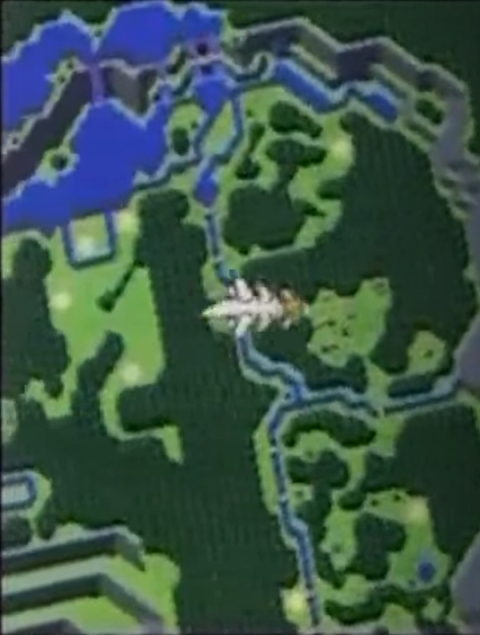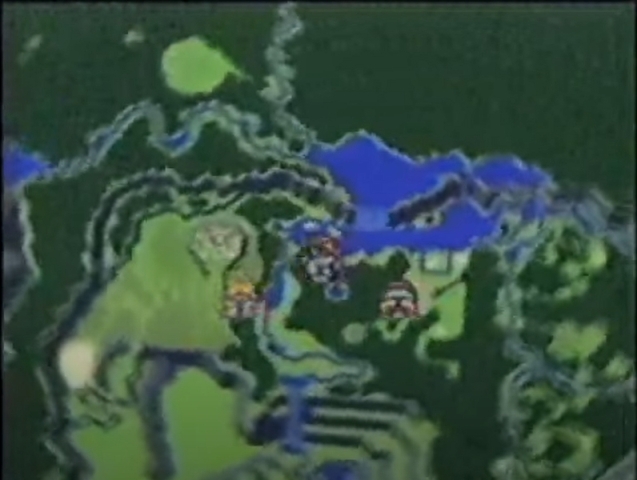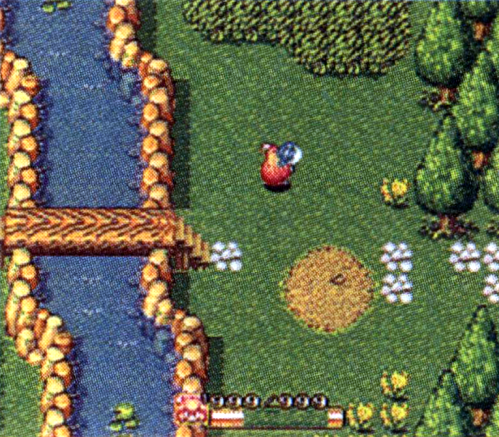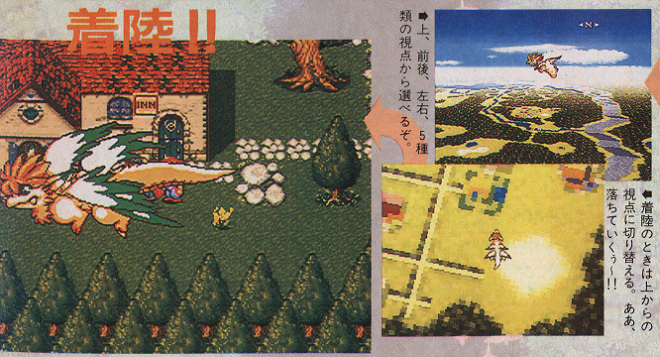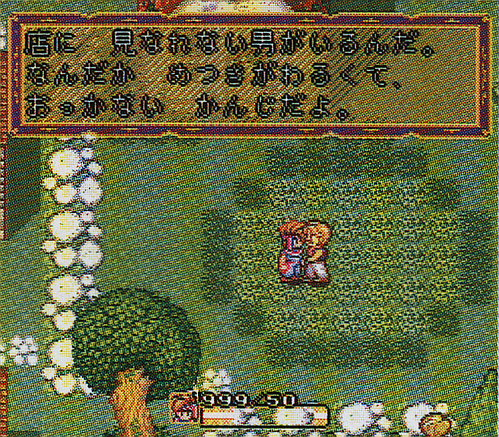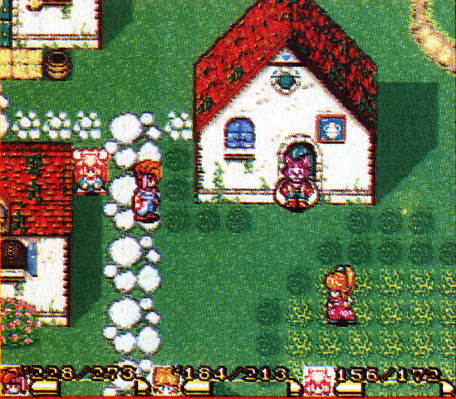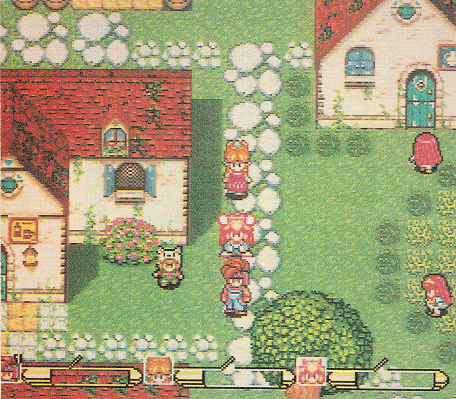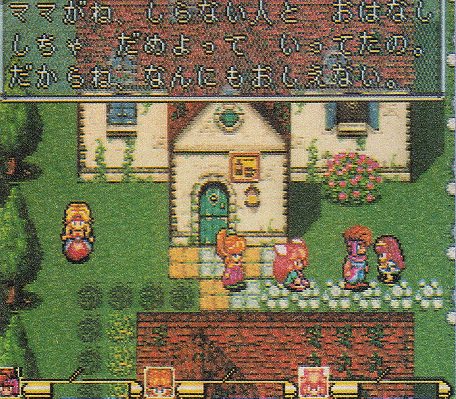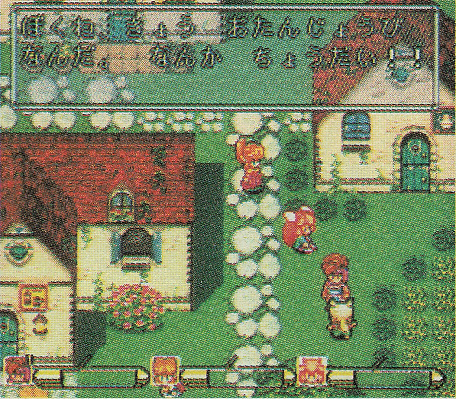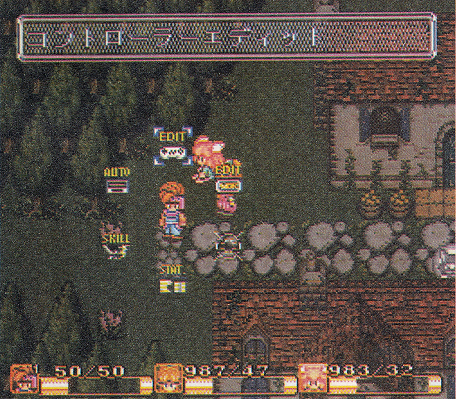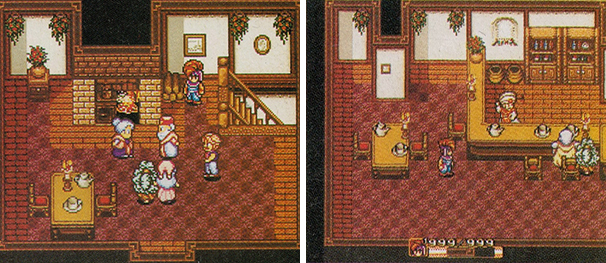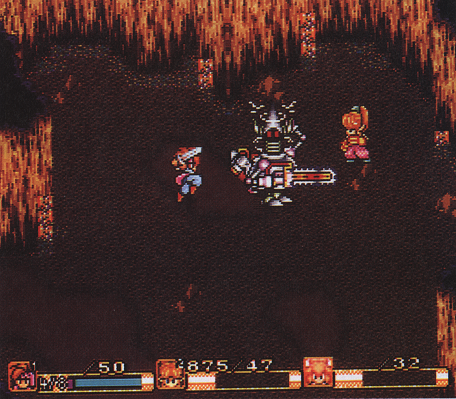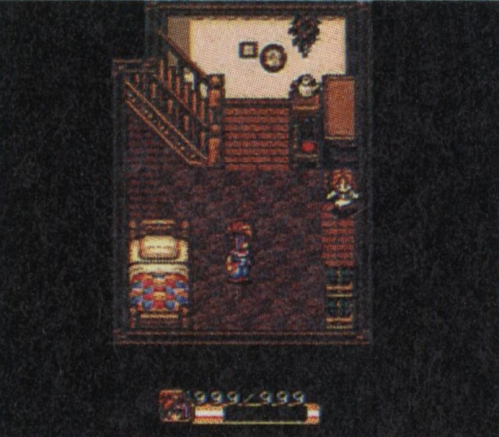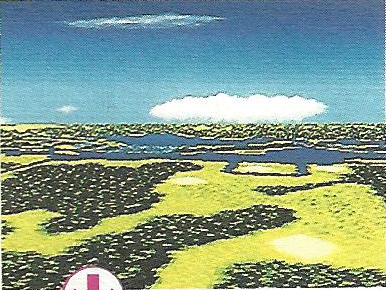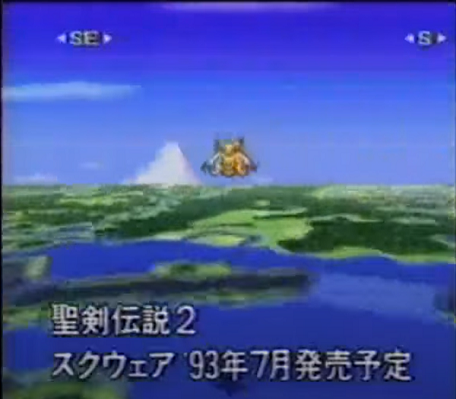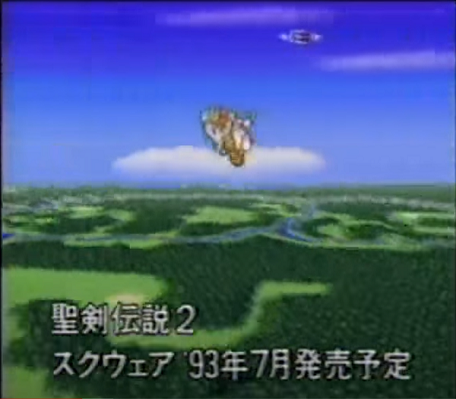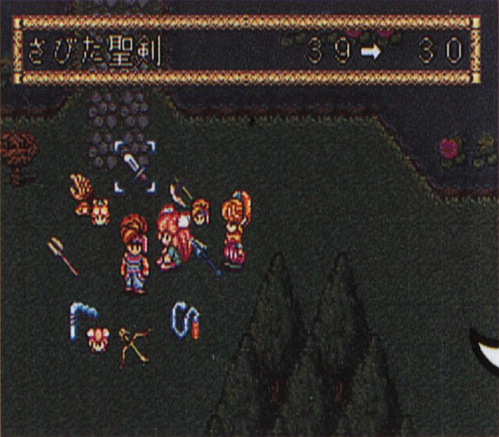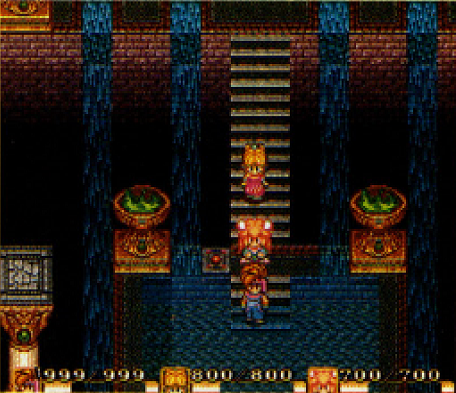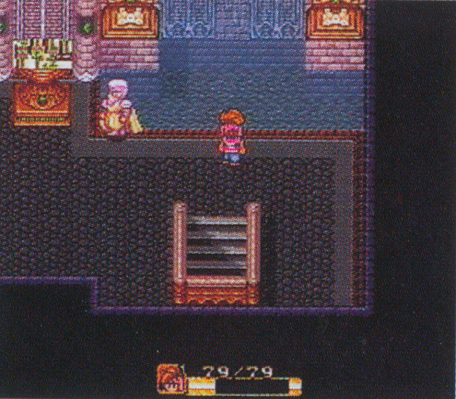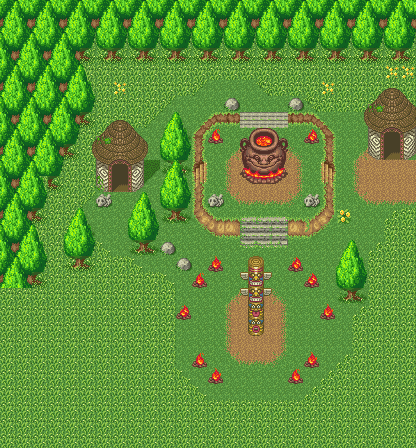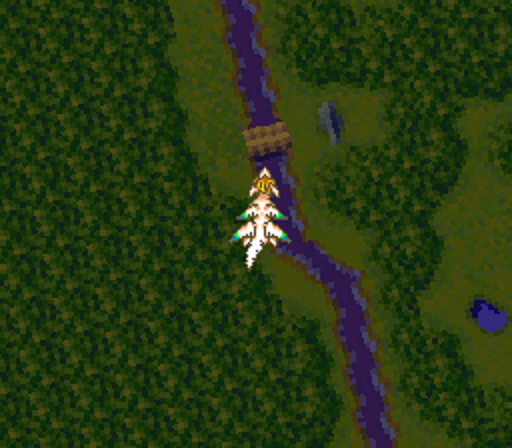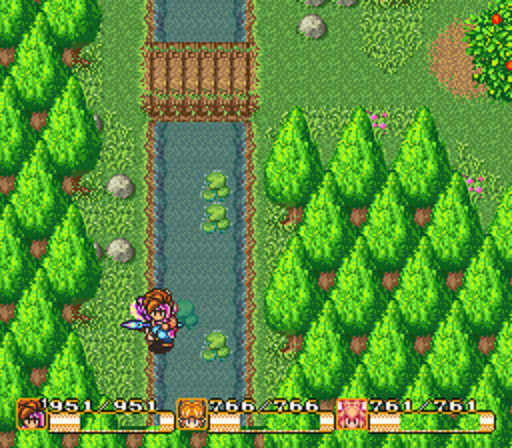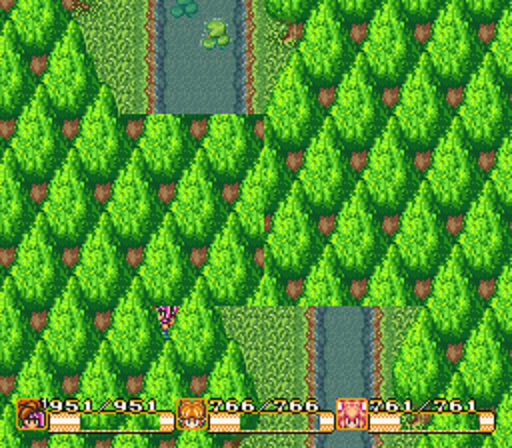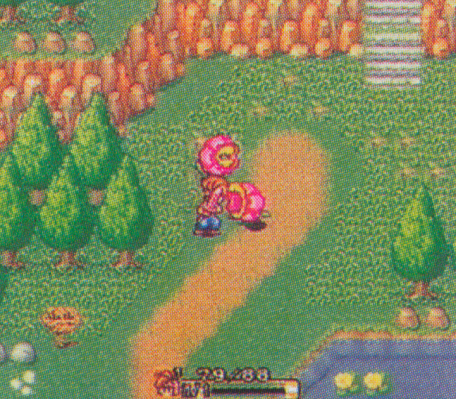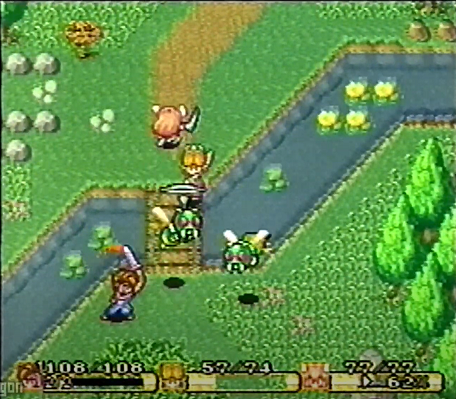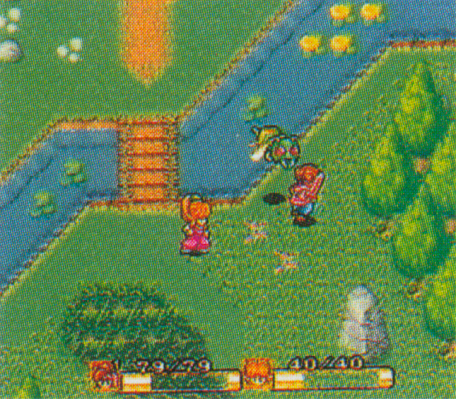First Areas

First Areas
February 28, 2021
The first area (until the Upper Land) is called the Gaia Lowlands, though this name only appears in the Japanese release. It’s by far the most detailed area on the world map, and it’s also the area that the player spends the most time in. The creators painstakingly tried to harmonize the world map’s details with the “active view” on the ground. The Gaia Lowlands has some truly lush screens that give a sense of a much larger scale than what appears on the screen. The waterfall in the exposition may be the most detailed area of the game, perfectly merging into the next area to its right. On a personal note, the Water Palace may be my favorite area of the entire pre-32-bit era of RPGs.
Here’s in-game screens, courtesy of Fantasy Anime:


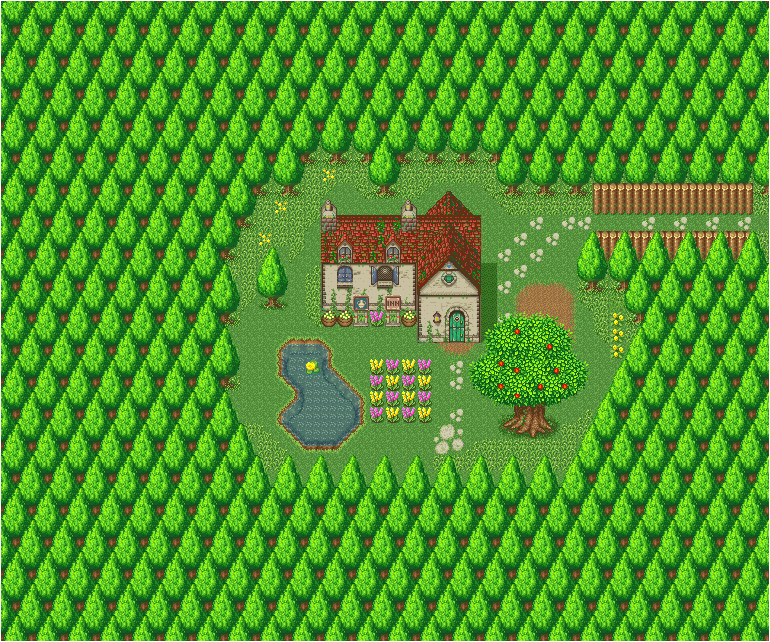
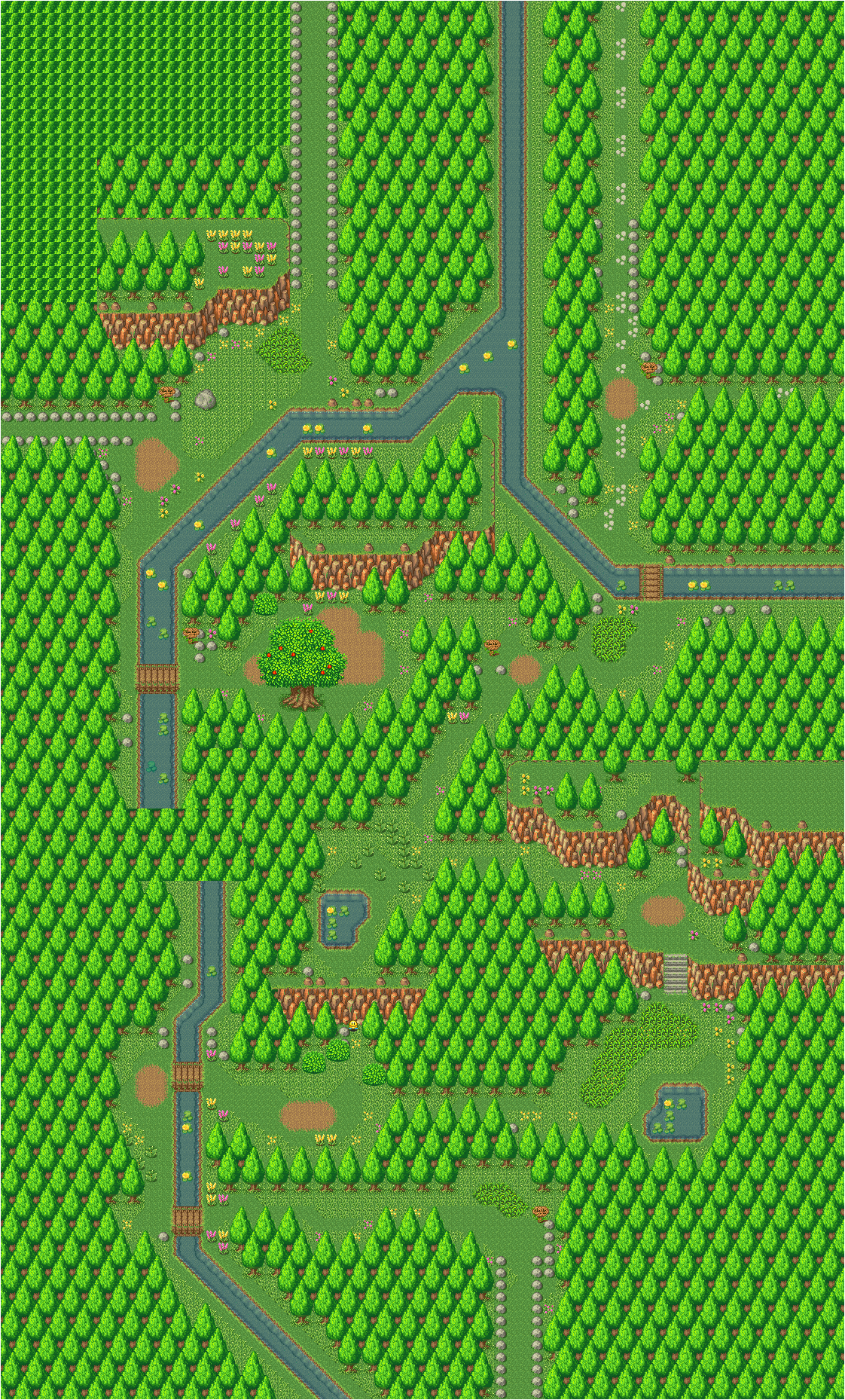
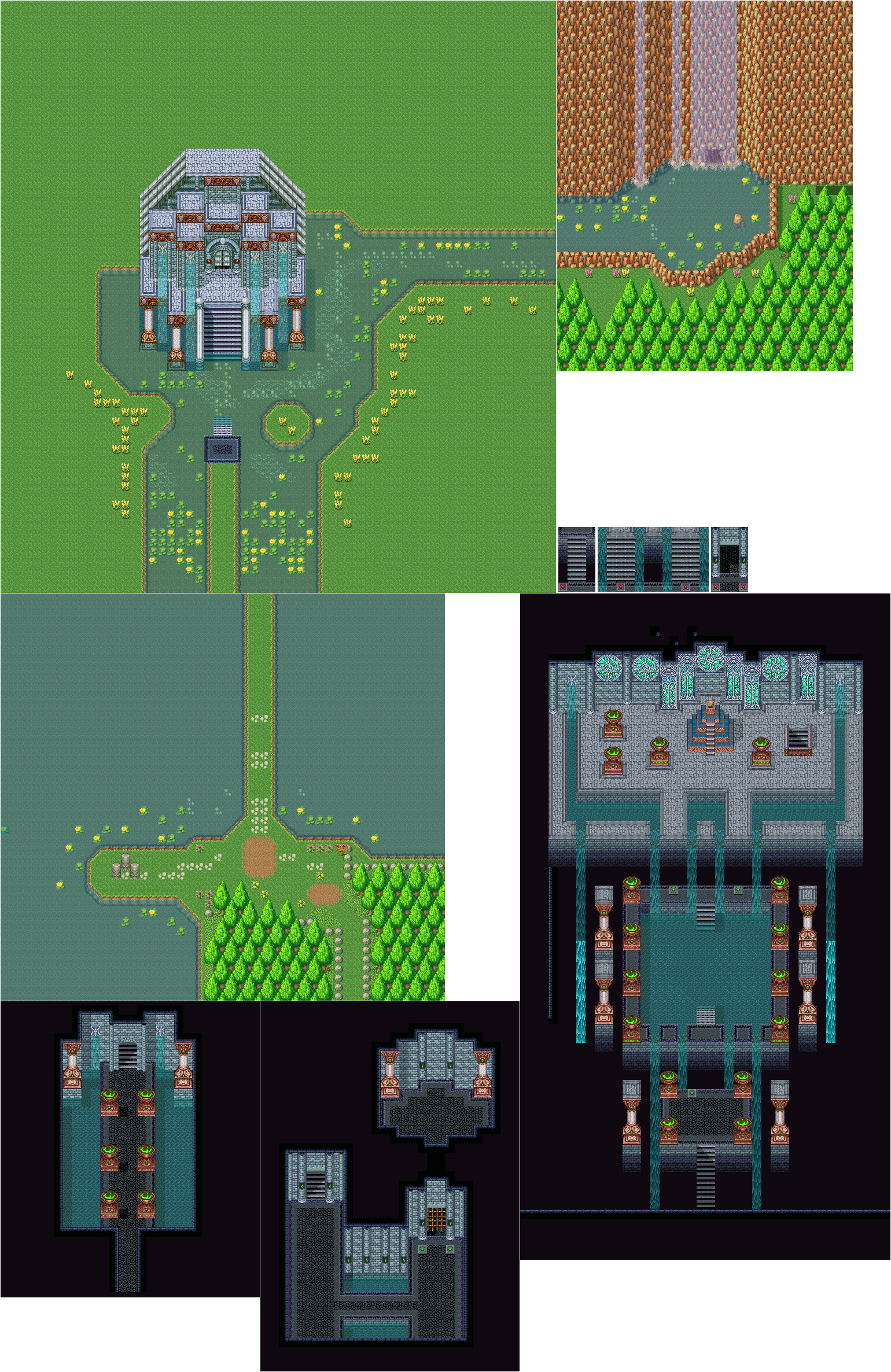
Development
If World Map I is any indication, it seems that each area should’ve had this much detail on the world map. We also have far more prerelease shots of the Gaia Lowlands than any other area, with a host of screens that don’t match the final game. The original way through much of the area was much different and longer.
There were two prerelease closeup maps published. The first represents how the area appeared on World Maps I and IIa, and the second from IIb:
Overhead shots from the IIa era:
Some prerelease videos included flyovers of the IIb map:
The area around Potos was similar to the final, though the waterfall had more details:
Early versions of the waterfall and the Mana Sword area:

(May 21, 1993)
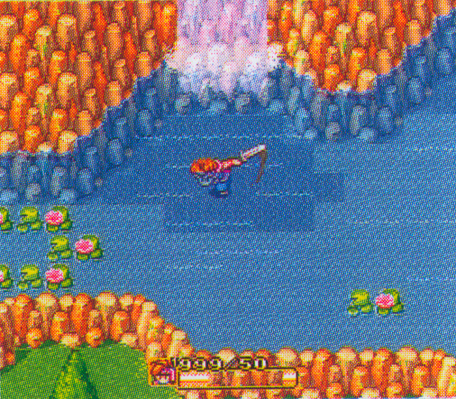
(March 5, 1993)
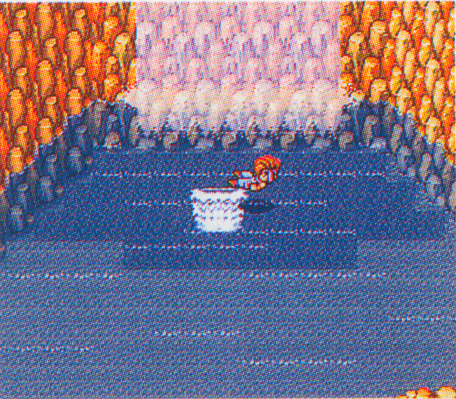
(May 21, 1993)
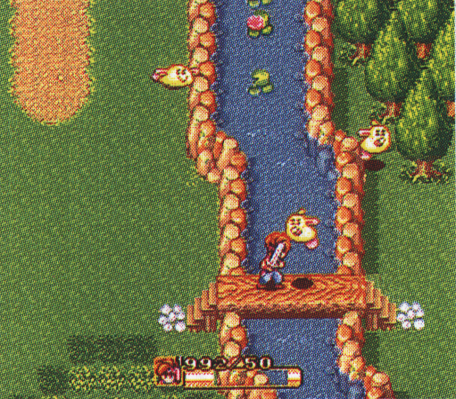
(May 21, 1993)
This shows all three characters in the water near Potos. If you hack the game and force the characters into the water, they’re not programmed to go underneath bridges, and attempting to do so causes graphical glitches.
Right before the final scenery was added:
Popoie was tried out here too:
Our best guess is a very early build of Potos:
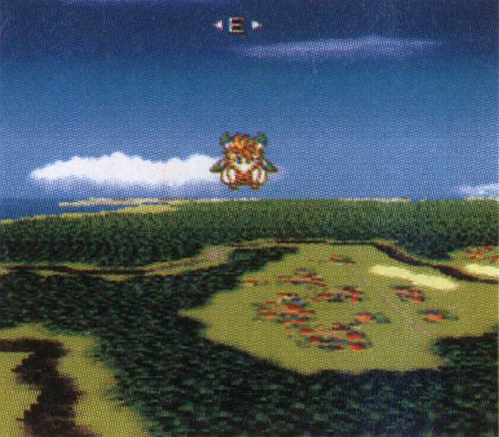
(February 5, 1993)
A shot of Potos in the IIa era:
This demonstration of Flammie shows the overhead view at the time:
Note the odd looking large tree in the middle. These show up a lot in prerelease maps:
This man’s dialogue is the same as the kid by the pub in the final. The area they’re standing on is presumably where the Mantis Ant will be.
The item shop belonged to Neko at this point:
Some different NPCs at this stage:
I wouldn’t read too much into all three characters being here as the game was still in the prototyping phase. The dialogue in the next picture is presumably a placeholder, “My mom told me that I shouldn’t talk to people I don’t know! So, I won’t tell you anything!”
The line in the next picture is sadly missing from the SNES release, but it was also likely a placeholder: “Me, today’s my birthday, you know! Gimme somethin’!”
The entrance to town:
Early screens with different graphics:
Here’s all three characters fighting the Mantis Ant and Kilroy in the first boss arena, certainly part of a test scheme:
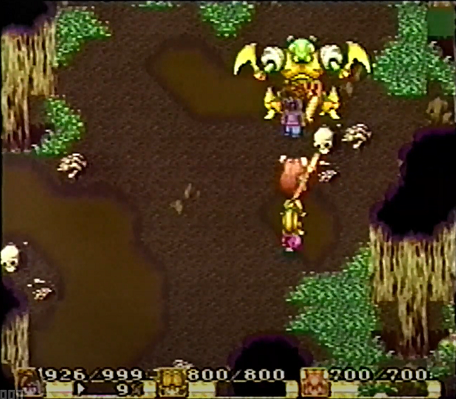
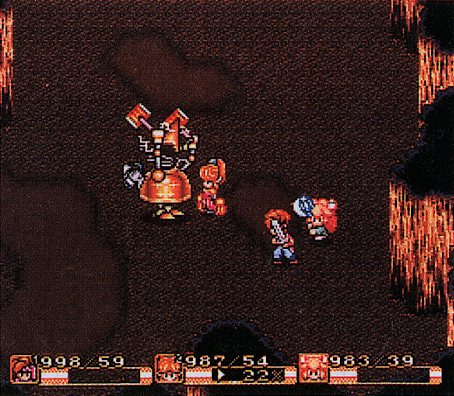
(February 5, 1993)
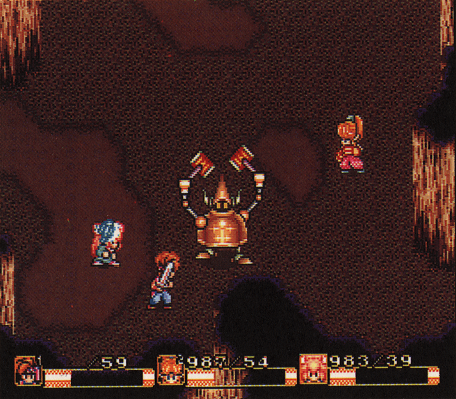
(March 1993)
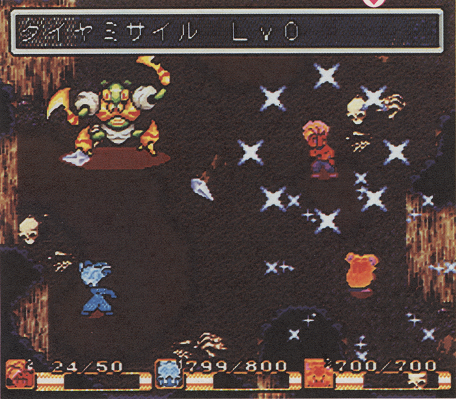
(April 30, 1993)
In the Japanese version, Kettle Kin was known as Death Machine and had a chainsaw. He was also tried out in the Mantis Ant cave:
Early version of the Potos Elder’s basement with a bed and prerelease versions of chests:
The area south of Potos was completely redone. Like a lot of screens from this stage, they were likely prototypes before the final scenario could be fleshed out.
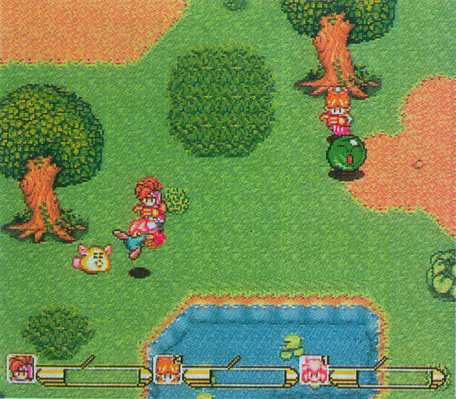
(February 5, 1993)
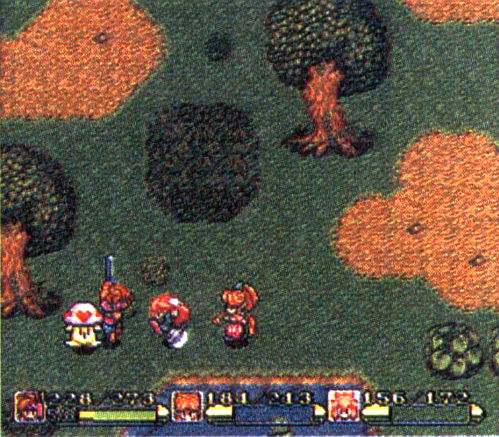
(January 8, 1993)
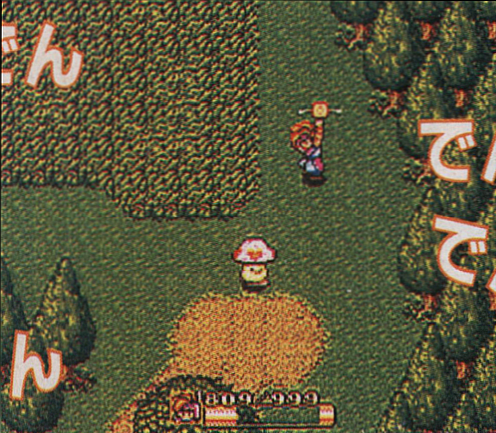
(March 19, 1993)
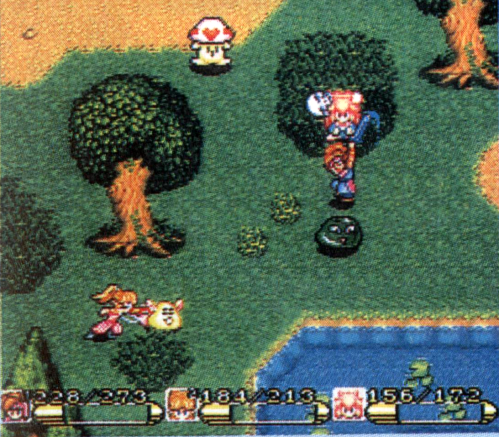
(January 8, 1993)
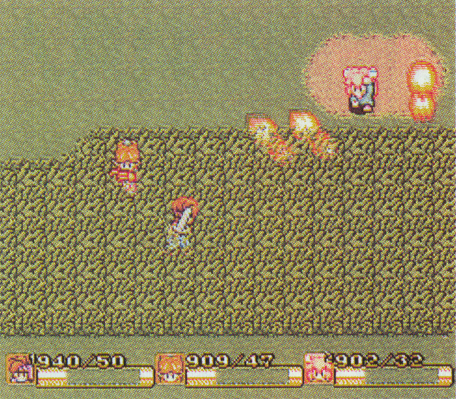
(April 2, 1993)
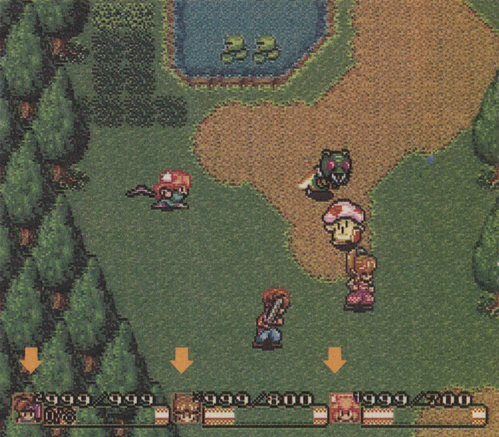
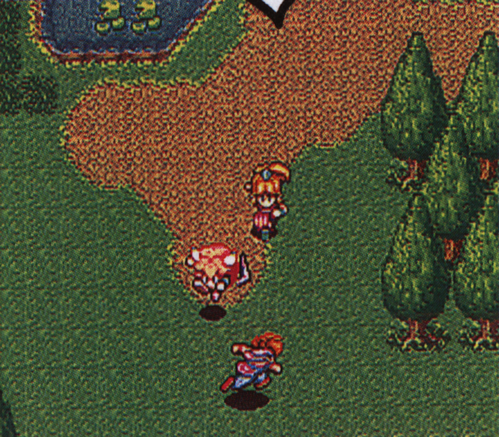
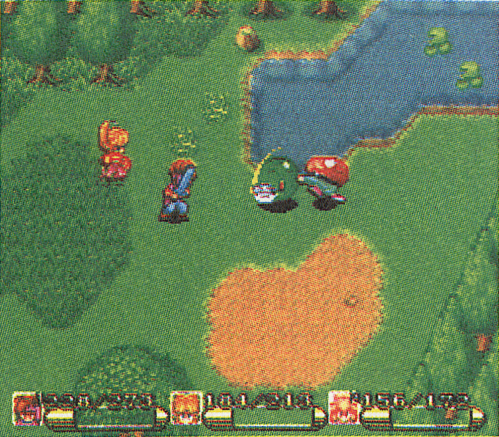
(January 1993)
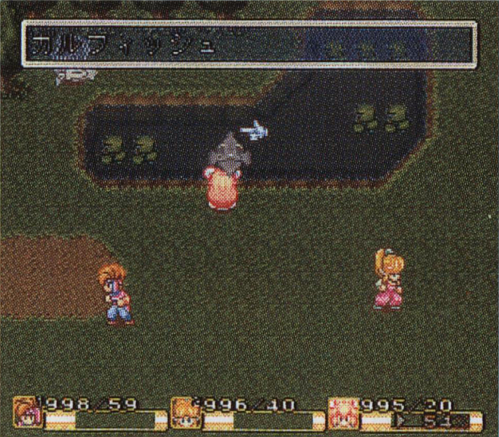
(March 5, 1993)
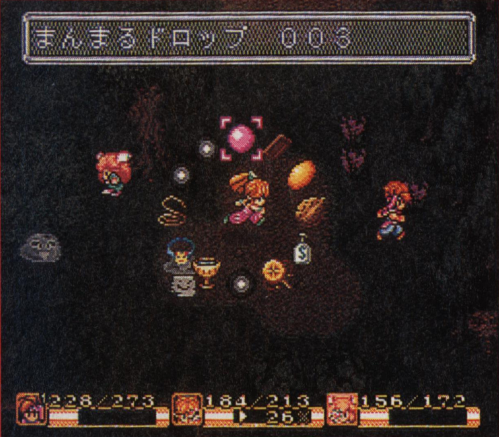
(February 1993)
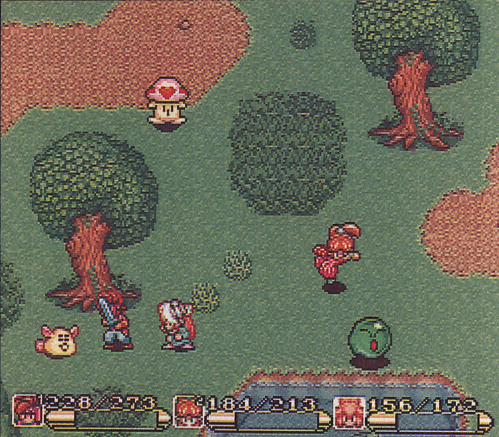
(July 1993)

(May 1993)
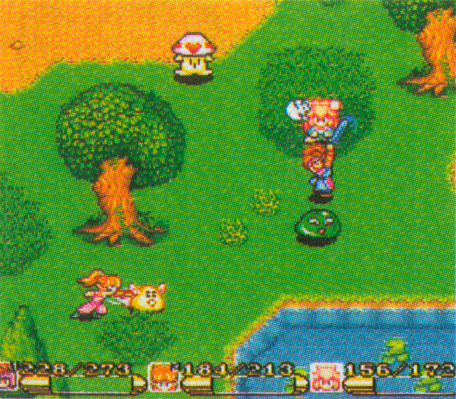
(February 5, 1993)
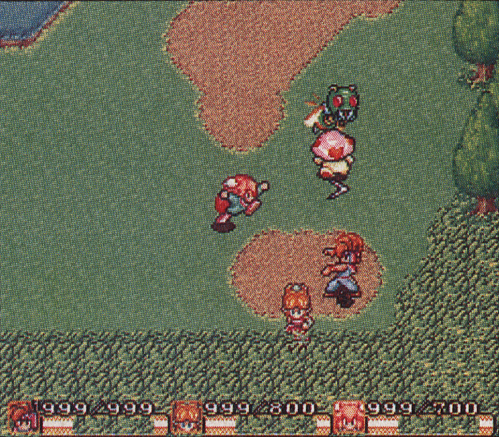
(July 1993)
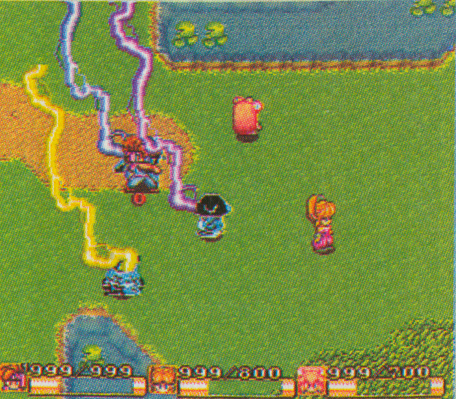
(May 21, 1993)

(February 19, 1993)
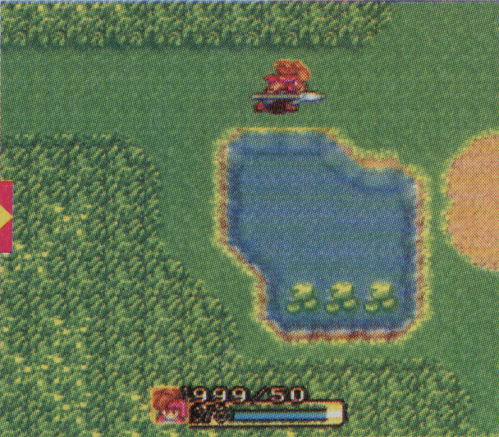
(February 26, 1993)
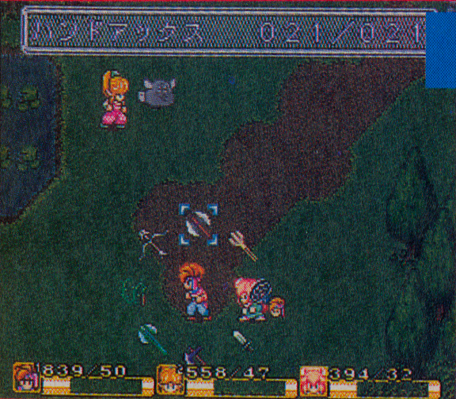
(February 1993)
The area by the Water Palace changed quite a bit:
Note that the area between Neko’s and Potos is unfinished (the grass path goes to a dead end at the bottom). If you look at the zoomed-in I/IIa map above, you’ll see a huge amount of content was deleted before IIb, and something simpler was created for III.
This screen shows an early concept for the Water Palace’s entrance. At this point, it was part of a much larger area.
Early shots of the Water Palace show a different, perhaps unfinished palette, unfinished fire graphics, and more torches, along with early versions of Jema and Luka:
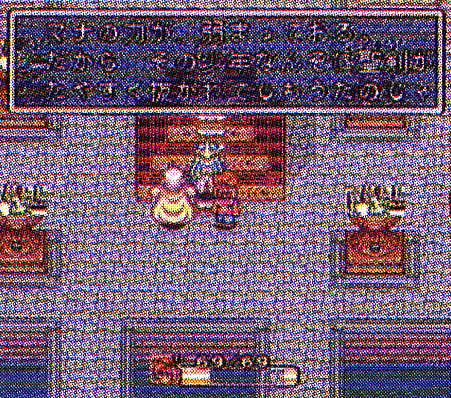
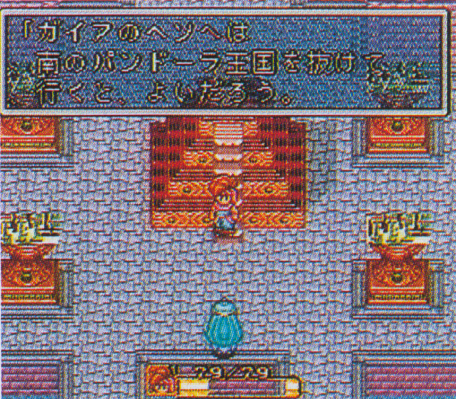
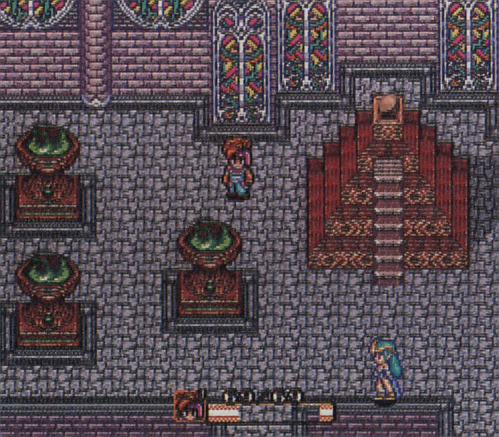
(June 25, 1993)
An early version of the pathway to the altar room:
This shot of Jema is possibly in a lost section of the Palace:
The Goblin Village was playable:
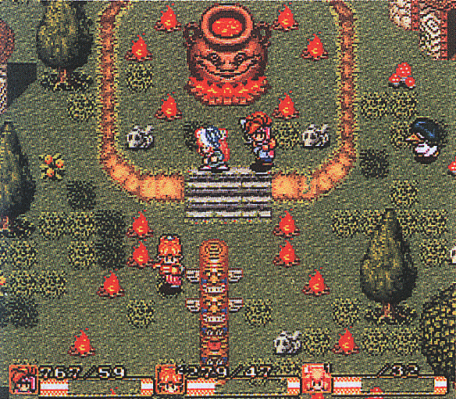
(February 5, 1993)
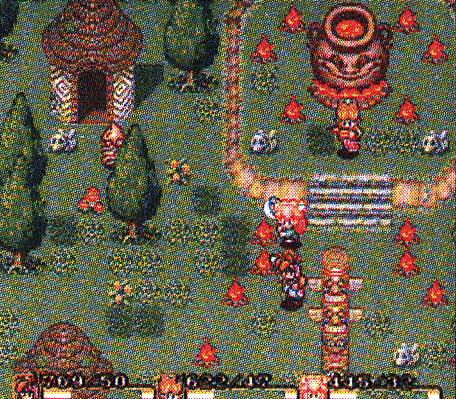
(February 5, 1993)
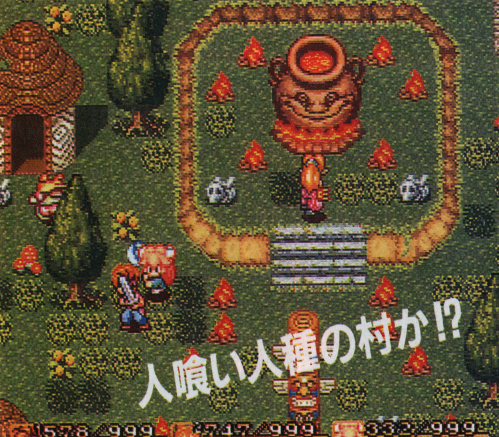
(March 3, 1993)
The short Dengeki report below shows the original idea for the Goblin Village: a cannibal island.
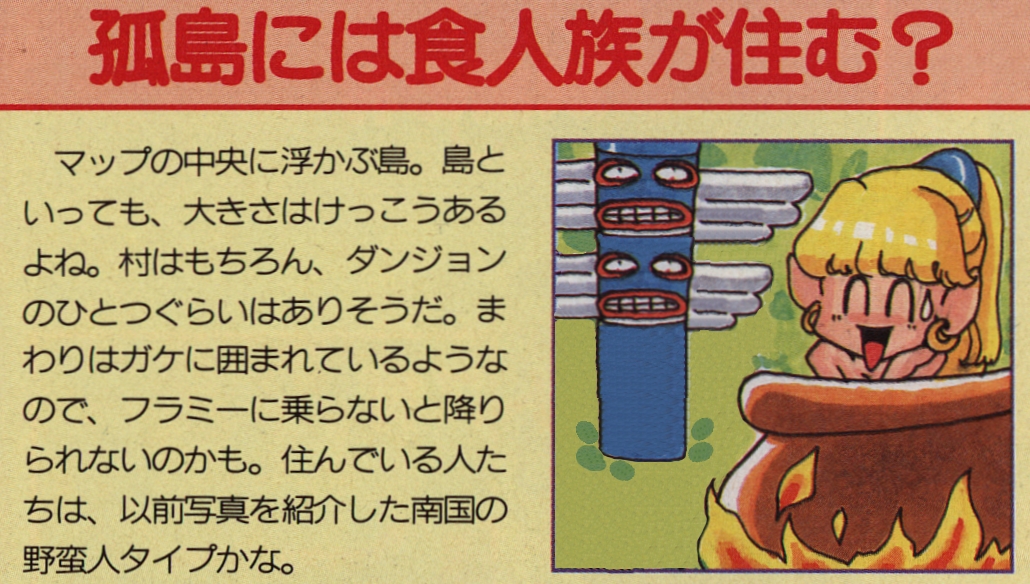
NOTE: The original image is inappropriate by contemporary standards, so a fan of the project provided an alternate that’s used instead.
Translated by Sevon
Cannibals living on an isolated island? There's an island floating in the center of the map. It's pretty big as far as islands go. It probably has a village and at least one dungeon. Most likely, you won't be able to get there without Flammie because of the surrounding cliffs. The inhabitants seem to resemble [natives] from the tropics often depicted in photographs.
When it was adapted for a cutscene, most detail was removed and the rest was left unfinished:
The goblin village actually exists on the world map in the final game. However, if you land there, you’ll be placed well south of this position:
If you step out of bounds where the goblin sequence occurs, you start to go somewhere and hit a mound of tree pixels. Everything else about this map lines up except for this section:
The consensus is that this is the prerelease area around Neko’s, more detailed than the final:
Just south, presumably on the way to the goblin village:
Localization Notes
- The screenshot of the Goblin Village is labelled 南国. This literally means “southern country,” but it’s usually used in Japanese to imply the warm tropics. This is perhaps an artifact of some long lost conception of the world, or an implication that the Gaia Lowlands are famous as a “southern” climate.

